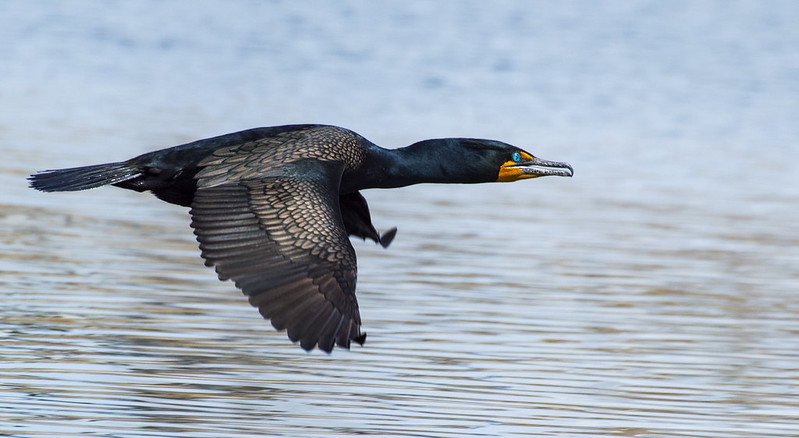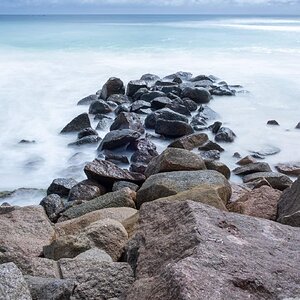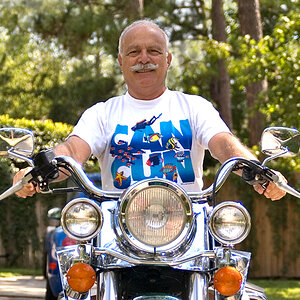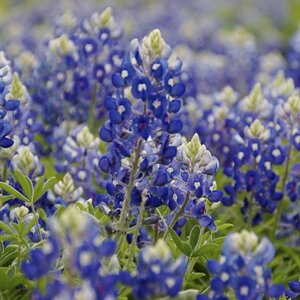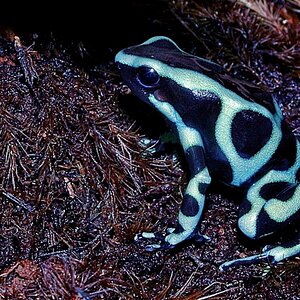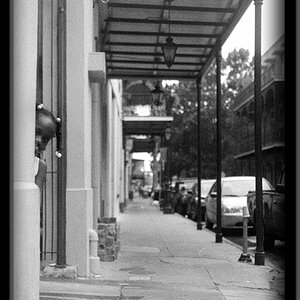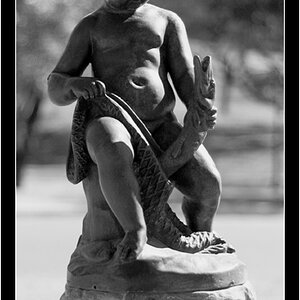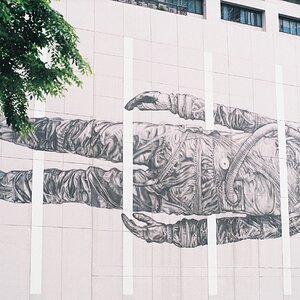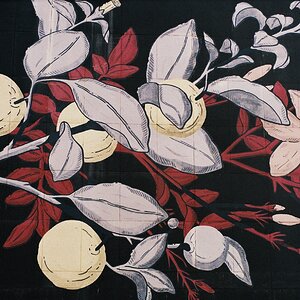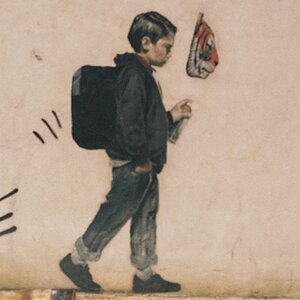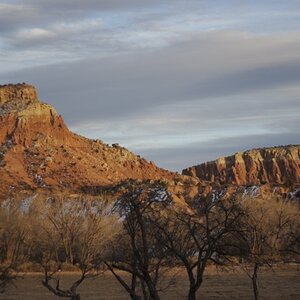CourtSC
TPF Noob!
- Joined
- Mar 25, 2014
- Messages
- 103
- Reaction score
- 43
- Location
- Charleston, SC
- Can others edit my Photos
- Photos OK to edit
:banghead:
I can't seem to get any clear pictures of moving objects (mostly birds and my dogs). I typically shoot in Aperture priority. I have played around a bit with adjusting ISO in that setting to increase/decrease shutter speed, but always end up with pictures that are too dark.
Soooooo.....should I be shooting in Shutter priority?? And as I decrease the shutter speed, what do I need to adjust to keep a decent amount of light? I swear 50% of my pictures end up as just black or white blobs...can't seem to find the middle ground!
I have a Nikon D7100 and shoot with my 28-300 most often.
I can't seem to get any clear pictures of moving objects (mostly birds and my dogs). I typically shoot in Aperture priority. I have played around a bit with adjusting ISO in that setting to increase/decrease shutter speed, but always end up with pictures that are too dark.
Soooooo.....should I be shooting in Shutter priority?? And as I decrease the shutter speed, what do I need to adjust to keep a decent amount of light? I swear 50% of my pictures end up as just black or white blobs...can't seem to find the middle ground!
I have a Nikon D7100 and shoot with my 28-300 most often.


